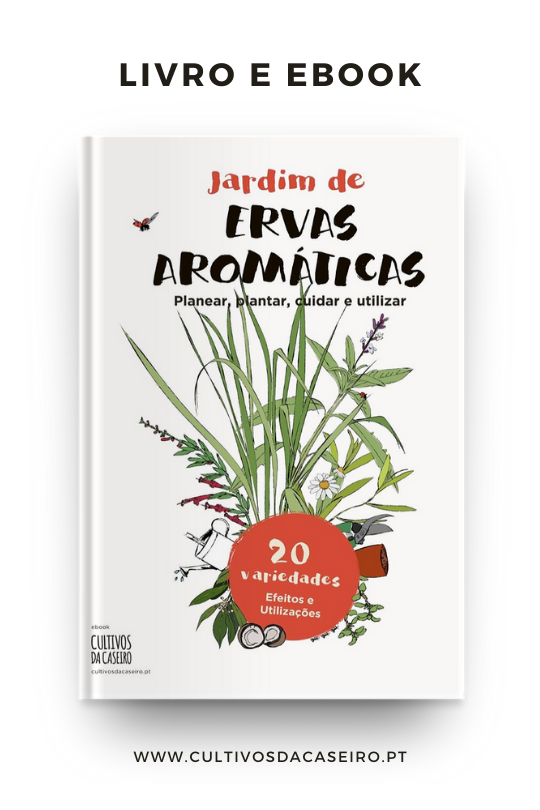It should preferably be grown in full sun, in well drained soil, preferably sandy, rich in organic matter and with irrigation spaced intervals.
It tolerates short periods of drought, and does not like waterlogged soil.
The Cotton Lavender is resistant to frost, but doesn't like humid climates, where it is more susceptible to fungal diseases.
Santolina can be multiplied by division of the branch already rooted, seeds, or cuttings.
It is recommended a space of 40cm between each plant.








